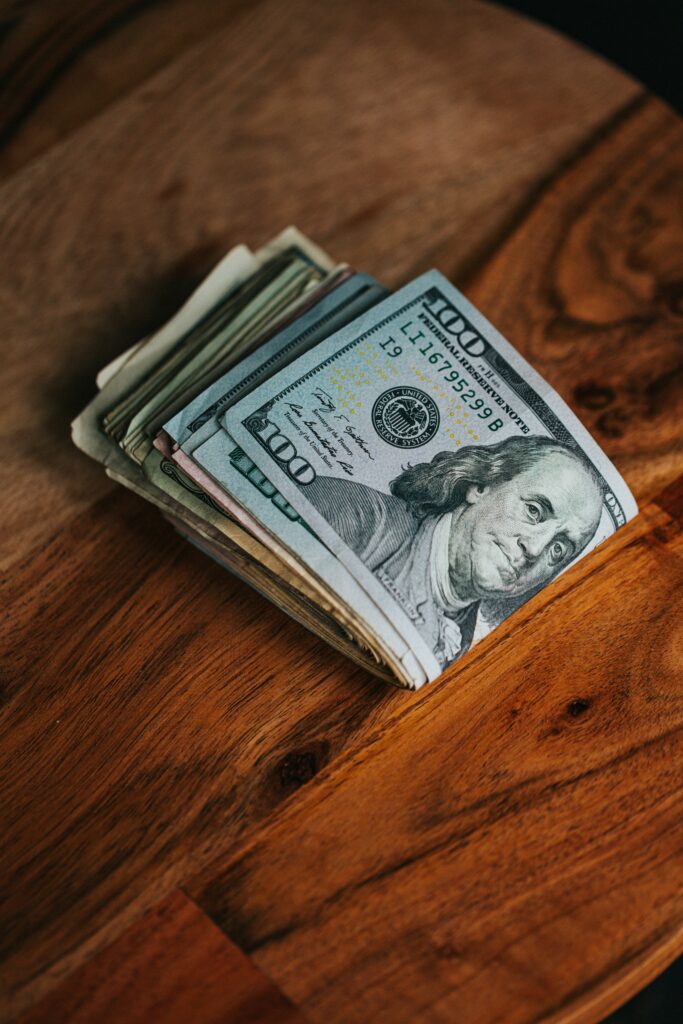
Updated 4/10/25
Tariffs are a hot topic right now, and if you’re currently working on a home project, you may be worried about how global trade policies can affect your budget and timeline. Tariffs—taxes imposed on imported goods—can create a ripple effect that influences everything from the cost of construction materials to the availability of furniture and décor. Redesigning your home can be costly even in the best of times, so adding price uncertainty to the mix can make it a scary time to be working on a home project. If you’ve been wondering whether tariffs will impact your home renovation, read on for my thoughts and some helpful tips.
How Tariffs Can Affect Your Renovation Budget
While most people are talking about how tariffs can impact food, gas, and everyday essentials, if you’re in the midst of a remodel or you’re building a new home, you are probably thinking on a much bigger scale. Many construction materials, including lumber, steel, and even some textiles, are imported and subject to fluctuating tariffs.
For example, a significant portion of lumber used in the U.S. is sourced from Canada. So, when Canadian lumber prices rise, it drives up demand for U.S. lumber, and the basic principles of supply and demand cause those prices to increase as well. The same is true for the tariffs on steel and aluminum. Beams, roofing, and other metals used in residential construction are becoming more expensive whether they’re sourced from the U.S. or abroad, and you can expect that those cost increases will be passed directly to you as the consumer.
Tariffs increase the costs for builders and contractors, which ultimately raises the price of home renovations and new construction. This can eat into your overall project budget, sometimes forcing you to make trade-offs when it comes to furniture, finishes, or design details.
Why Furniture Costs May Be Higher Than Expected
Beyond construction materials, tariffs can also impact furniture pricing, depending on where pieces are manufactured. Many furniture brands source materials or production from countries like China, Vietnam, and Mexico, all of which are impacted by the current tariffs, with China being the most severe. When these imported products become more expensive, it impacts prices and availability all the way up the supply chain because even on American-made goods, components are often sourced from overseas.
Higher import costs can lead to increased retail prices, longer lead times, and limited availability of certain styles. This means you may need to stretch your budget or compromise on certain pieces. However, there are smart ways to navigate these challenges. The first tool? Knowledge.
Which Types of Furnishings Will be Most Impacted?
While furniture prices are likely to go up across the board, there are certain categories that will likely be more impacted:
- Lighting – China holds a very dominant position in lighting production, because they are uniquely situated to manufacture components and light fixtures that comply with international lighting safety standards. Moving production outside of China is expensive and difficult, so this category will likely be hit pretty hard.
- Case Goods – Case goods is just an industry term for hard items that store things, such as tables, desks, dressers, etc. While you can still find amazing case goods manufactured in the U.S., the majority of low and mid-priced case goods are currently manufactured overseas. When the cost of these lower-end items increase, high-end manufacturers will likely follow suit to maintain the same price tiers that customers are accustomed to.
- Outdoor Furniture – Being heavily reliant on steel, aluminum, and woven materials that often come from overseas, unfortunately patio furniture is likely to increase in cost just as everyone starts to freshen up their patio for summer.
How a Designer Can Help You Source Smarter
Working with a designer can be a game-changer when it comes to managing costs and avoiding tariff-related price hikes. Designers have extensive networks and industry knowledge that allow us to source high-quality, U.S.-made furnishings and materials that may not be as vulnerable to tariff fluctuations. While domestic pieces sometimes come at a premium, they often offer superior craftsmanship, shorter lead times, and a reduced environmental footprint due to lower shipping distances.
Another benefit to working with a designer is that for the most part, our trade partners – those companies with whom we maintain trade accounts – are notifying designers in advance of their tariff-related price increases. Many of my trade partners have reached out with exact dates when their increases will go into effect, allowing me to place orders for my clients before prices go up. Others have notified me that all new orders will include a line item for import fees, and still others have elected to increase pricing on only the SKUs that are imported from a tariff-impacted country. Every brand is doing it differently, but the important takeaway is that nearly all brands are feeling this in some way, and it’s already manifesting itself in price increases to consumers. While working with a designer may not help you avoid all of these increases, it’s incredibly helpful to have someone working on your behalf who has this inside knowledge of when and how certain brands will be responding to the tariffs.
Making the Most of Your Design Budget
Last but not least, designers can also help you find creative solutions to offset rising costs, such as repurposing existing furniture, shopping vintage, or working with local artisans for custom-built pieces. These strategies not only help you stay within budget but also create a unique and personalized space.
If you’re already deep into your project, rising costs are totally frustrating—I get it! But with the right strategy, you can still achieve a stunning result without unexpected financial surprises.
Get more tips on our blog, and find project inspiration on our Pinterest page. We update it weekly!